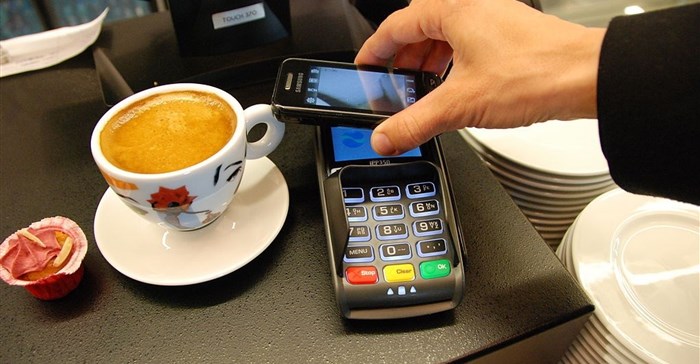Customer expectations driving the future of payments

The mobile phone is a major driver of this convergence as it's caused a fundamental shift in consumer demand and the way that they interact with retailers. Paying for things has evolved from swiping payment cards to tapping, waving or inputting payment data into the powerful computers our smart devices have become.
Creating positive customer experience
This convergence of physical and digital commerce is often referred to as a futuristic concept yet it's not futuristic at all, it's happening now. Consumers are expecting smarter ways to pay, giving retailers the opportunity to capitalise on creating better and memorable customer experiences. Uber is a prime example of how seamless payments create a positive customer experience. The payment process for a passenger is invisible and happens without any payment card or obvious interaction with a payment application.
Convenience and safety are also drivers of an enhanced customer experience. While consumers crave the ability to be liberated from the security risks associated with cash payments and speedy checkout processes, they still expect the process to be secure. Realistically, no one wakes up in the morning desperate to make a payment, but we do wake up wanting a new gadget, the latest book, or to refill the fridge with groceries.
Liberating the consumer through integrating new technologies
Retailers are integrating new technologies such as digital wallets and contactless payments into their checkout environments. MasterCard's digital wallet, MasterPass, enables secure online and in-app payments, eliminating the need to carry payment cards or cash. It also lets users store their card and delivery information making the checkout process quick and seamless.

Contactless payments, currently available in the transit and quick serve environments, offer consumers the ability to be liberated from the security risks associated with cash payments. They speed up the checkout process considerably because a simple tap is needed to complete a transaction.
The next step in the evolution of payments
The convergence of these channels is the next step in the evolution of payments through the introduction of tokenisation. Tokens are virtual numbers that mobile devices use to link the cardholder to the payment card. Through tokenisation we are entering the converged payment realm where a mobile phone or connected device can be used to make payments using Near Field Communication (NFC) technology online, in-app or instore.
Bringing this to life, we'll soon see a shop assistant with a MasterPass-enabled smart device that allows customers to pay on the shop floor using their mobile phone, instead of having to queue to purchase goods or services. These convenient payment mechanisms provide an opportunity for retailers to address the needs of consumers by removing the need to carry cash, queue in shops to pay, carry a wallet or remember numerous passwords required to make a payment.
The future of payments is here, and retailers who innovate and embrace this change in customer behaviour will reap the rewards.
About Mark Elliott
Mark Elliott, Division President, MasterCard, South AfricaRelated
Digital payments booming in South Africa with more growth potential especially for SMEs 17 Feb 2025 How digital wallets are transforming African finance 30 Jan 2025 Content creation hits differently with the Galaxy A Series 23 Dec 2024 Absa's Black Friday transaction volume breaks records mid-day 29 Nov 2024 Cards and contactless payments set to grow as the preferred way to spend this holiday season 25 Nov 2024 Micro-merchants embrace digital wallets to reduce cash-related risks and costs 29 Aug 2024


































